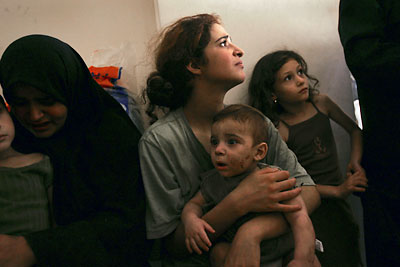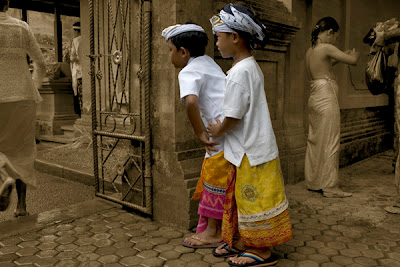The
New Year trip as usual........back to Bkt. Gambir,
Muar on 17/02/2007. Traffic was smoothsssss.........till in-law home almost 10:30pm.
Try to trigger the both repeater : 9M2RGL & N-Link. Both working well! Because of the
itchy hand & month.....try to CQ, and got some contact.
9W2MTX (Robert) is the only one I can remember now......We were touring at
Muar town on the 19/02/2007. Found out a lot of roads, streets & POIs are not in the
MalSingMaps!
(Did some tracking & collecting POIs)And cos my Nikon Camera attack by some viruses, it doesn't functioning well......miss a lot of Golden Moment!!!
After boring hanging around at for 3 days.....decided drive to KL
(20/02/2007) for one day before PG. NSE was JAMMED like nobody business from Melaka to Seremban cos too many cars. Took me 4 hours to reach
Villa Angsana (N3°11.590' E101°41.080'), KL. (Lau Kee Sern home)
After dinner at Kah Lok Restaurant.....Kee Sern brought us to the Titiwangsa Park
(N3°10.650 E101°42.269) and the main intention is the
60-meter High Structure :
Ferris Wheel "Eye on Malaysia".
Too bad while reached there almost 11pm.......miss the boat!
Operating hours are 10am to 11pm Sunday to Thursday, 12 midnight Fridays, Saturdays and before public holidays. Tickets are available for RM15 Adult and RM8 Child. 42 air-conditioned gondolas, 12 minutes for one rite. Hmm.....very difficult for us to accept the 'used' Ferris Wheel from Bangkok cost "30 million ringgit"!
Hmm.....very difficult for us to accept the 'used' Ferris Wheel from Bangkok cost "30 million ringgit"!
KL, 21th FEB 2007After lunch at nameless kopitiam, we suppose on the way to the north.....but Kee Sern suggest visit the
AQUARIA in KLCC Suria ( N3.157389° E101.712158°). So......let's do it!
Reach KLCC around 2pm, was crowded! And find & dig the path to the
Aquarium.....that was a long walkway in the Complex and connected thru a parking area then......the Aquarium. What's a coincidence that meet Alam (9W2ALM) and family at the entrance of the Aquarium, he was about to leave.
This Would Ain't That Big! Huh?
The entrance fee for Adult : RM28.00 and Children : RM22.00. WAH! The aquarium is open from 11am – 8pm daily (include public holiday), with last admission at 7pm.Some pictures below :-


The almost 6 meter tall rounded aquarium with full of fish.


It was so crowded.....!

Trying to shoot from top of the pond, suddenly.......look at the baby so excited!


The way to the Underwater World.


After the exit of the Aquarium, as usual ....... the path direct us to the Souvenirs Shop.
I LOVE TORTOISE ONLY!!

Finish the tour around 3:30pm.......
Will try the
"Dive With Sharks" next visit......
Please visit the main page of
AQUARIA for more events and promotions.
Nothing much after that, and prepare for the journey to PG. Depart on 4:30pm......estimate the arrival time at PG will be 11pm......
22nd FEB 2006
Penang.
Nothing much this year at PG, meet up with Alan and the gang at E-Gate Penang (beside
TESCO)on 22nd FEB 2006. There were four of them from
Malsingmaps.Meet up with the HAM's fellows on
23rd FEB 2006 at
Penang YMCA International House, Macalister Road.
Too bad my baby felt sleepy after reached there abt 20 minutes.......force to go back......
Not even have a good chat with all of the HAMs there.......see you guys next time!
Drive back to Johor on
24th FEB 2006 around 4pm........the traffic on the NSE was so smooth!
That's end the
New Year Trip of mine! :)
















































